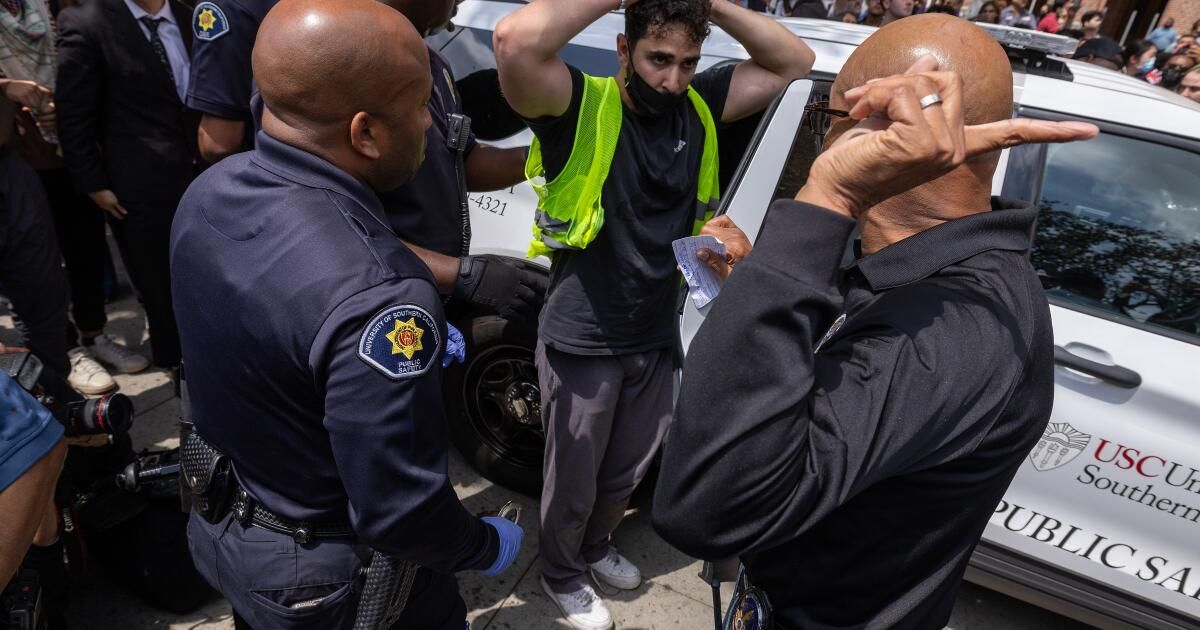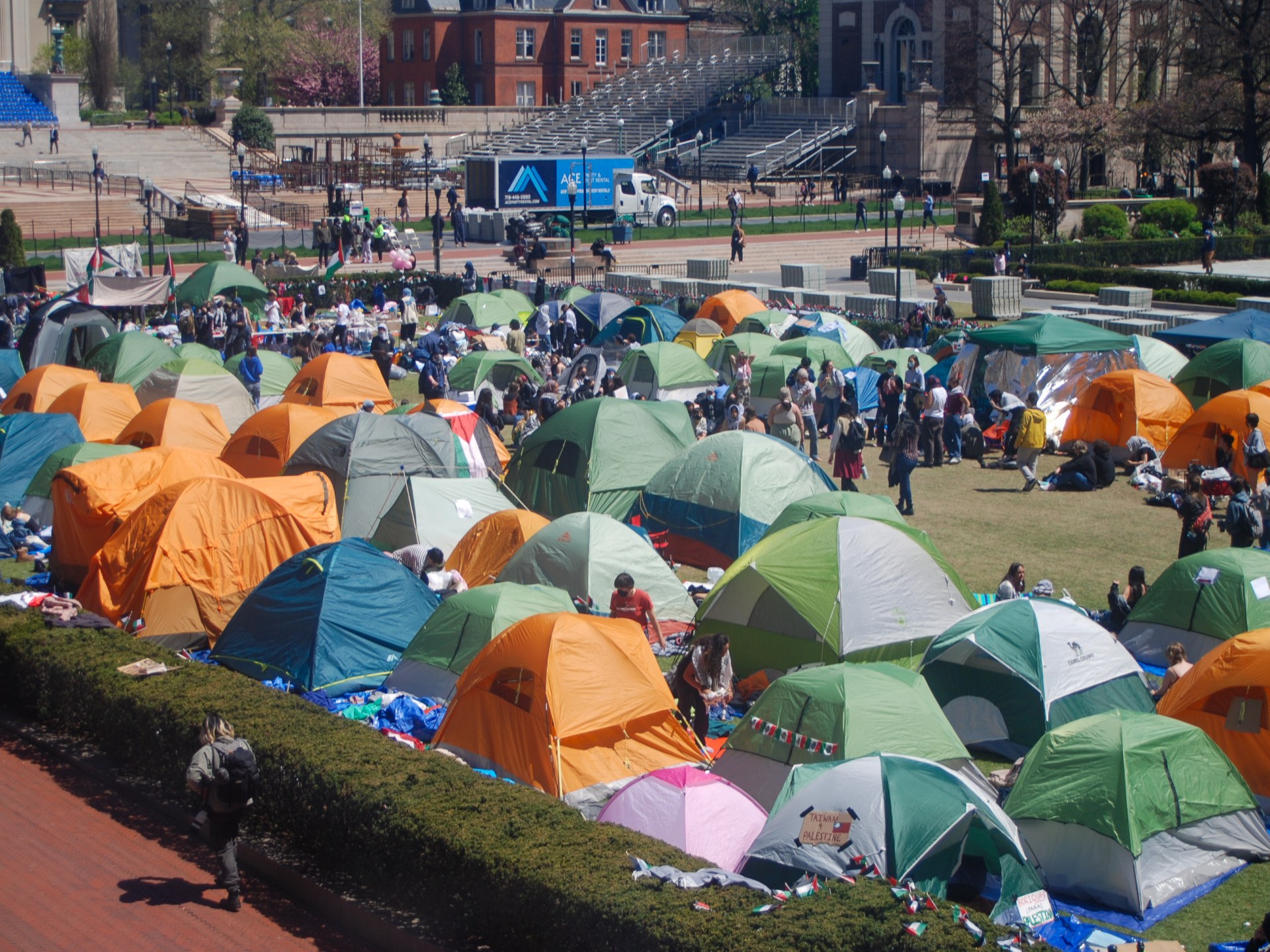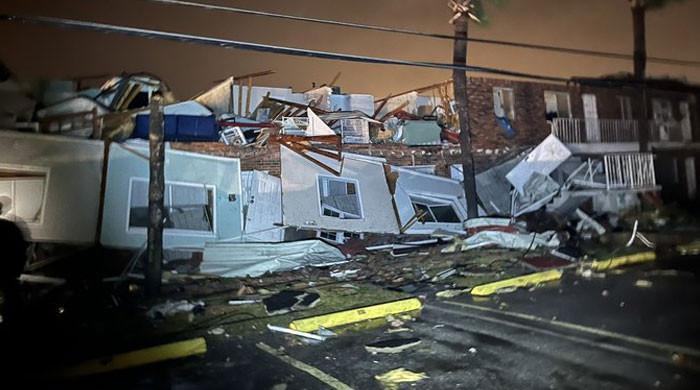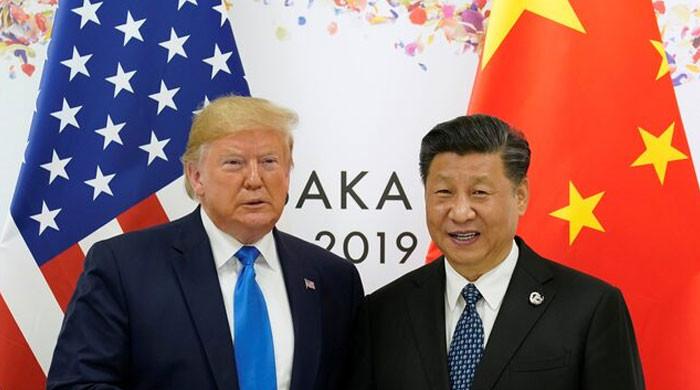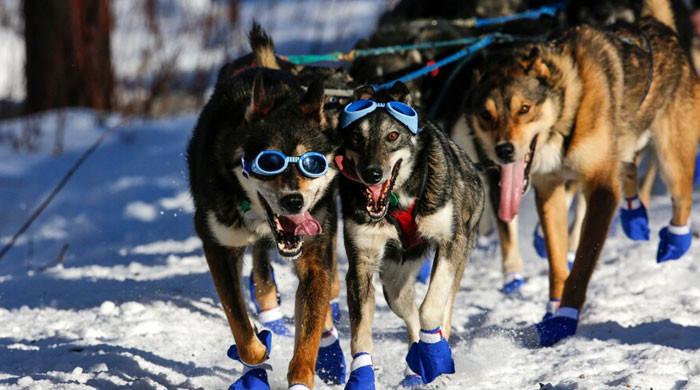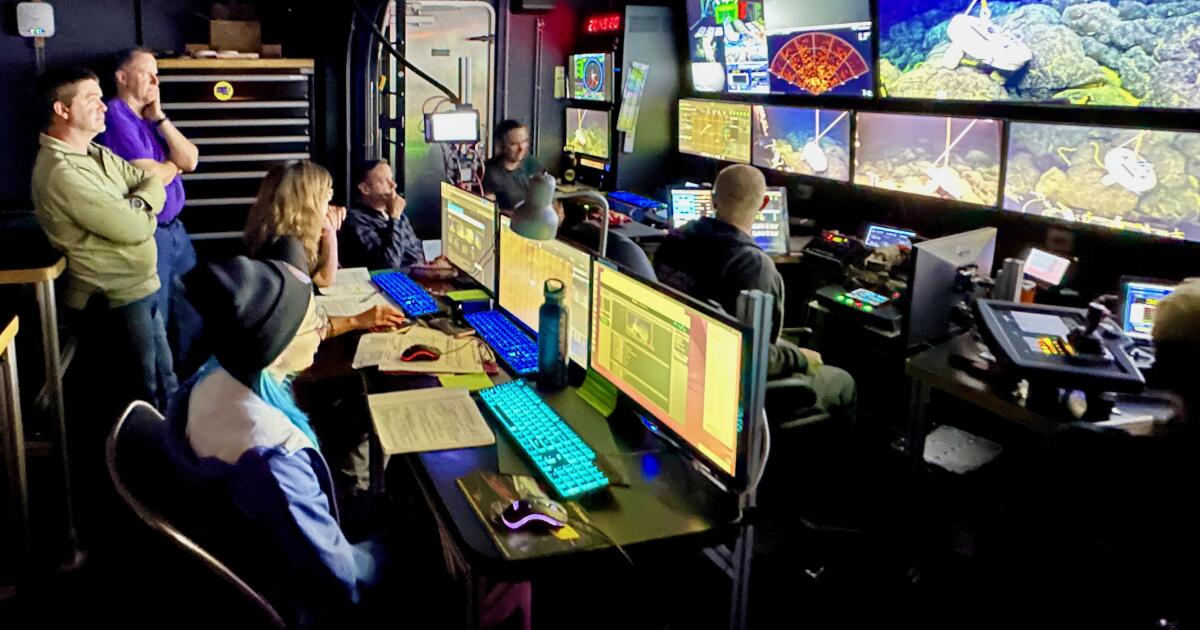The mention of mass graves is so deeply disturbing that it is preferable to think of these horrors of war as dark remnants of another era, chapters of history that we will never repeat. The Armenian genocide, the Bolshevik revolution, Nazi Germany, El Salvador, Bosnia-Herzegovina.
The fairy tale that the human race has evolved beyond such barbarism was shattered (again) last week when reports emerged that three mass burial sites had been unearthed in Gaza. The shocking event should have made headlines, but it barely made it onto most people's radars.
Instead, the media is hyper-focused on how we protest atrocities rather than the atrocities themselves.
Anti-war demonstrations on college campuses dominate conversations and coverage about the war between Israel and Hamas. Every news source imaginable—legacy print media, user-generated publications, television and cable news—has its sights set on the encampments and demonstrations breaking out on campuses across the country.
Protests are worthy in their own right of drawing attention to critical issues. They have raised awareness (and anger) about the staggering Palestinian death toll, anti-Semitism, the occupation, the often-forgotten hostages, and freedom of expression. The largely peaceful protests, handled ineptly at best by university trustees and law enforcement, are rightly the top national story, and their stars are a generation that many older people had dismissed as apathetic.
In SEO terms, the protests present the perfect setting for a media blitz. They take place at universities and come with powerful images and extensive social media content. For example, the protests at USC unfolded live on television on several local stations, with helicopters capturing the action from every angle imaginable. They are also an easier way into war, bringing the Middle East conflict to the United States without the horror of witnessing a real battle.
But widespread coverage of the student uprising is so pervasive that it eclipses news of the very war they are protesting.
There has been a staggering lack of coverage and outrage following Friday's announcement by Palestinian authorities that they had discovered 390 bodies in mass graves around Gaza's Nassar and Shifa hospitals, facilities that were raided and destroyed in Israeli attacks. The bodies were reportedly found in the pits, buried under rubble from bulldozers, after the Israel Defense Forces ended its operations in the region.
Exterior of Shifa Hospital in Gaza City on November 10.
(AFP via Getty Images)
Among the deceased are women and children; most are still unidentified. Some of the dead were apparently found naked and with their hands tied behind their backs. “This indicates serious violations of international human rights law and international humanitarian law, and these must be subjected to further investigations,” said Ravina Shamdasani, chief spokesperson for the United Nations high commissioner for human rights, Volker Türk.
The sheer barbarity of these scenes may explain why they have not attracted more attention. It's simply too horrible to process, so we turn our backs on it.
And if the discovery of mass graves is a difficult story to observe, it is even more difficult to cover. Israel continues to restrict international journalists' access to Gaza, so there are fewer journalists there to testify. For those there, it is one of the deadliest wars ever recorded for media workers, with civilian casualties exceeding 34,000. If the journalists survive, they will face an intense investigation to get to the truth. And when their stories finally spread, they will be criticized, trolled, and harassed on one side (or both) for their perceived bias.
But we need answers and, in the absence of an independent investigation (the Biden administration has left the investigation in the hands of Israel), we are left with the question of whether or not war crimes have been committed.
The dearth of information is due in part to the shrinking of American newsrooms. News outlets, large and small, have lost the resources, access and expertise to cover wars as they once did. It is also up to elected officials to call attention to potential war crimes, especially when the United States plays such a central role in the conflict.
Instead, politicians like Mike Johnson have been busy raising their profile by inserting themselves into the Palestinian-Israeli mire. By presenting himself as an advocate for student safety, the Republican speaker of the House of Representatives endangered hundreds, if not thousands, of anti-war protesters (including Jewish students) by combining his pro-Palestinian stances with his sympathy for Hamas. . “The things that have happened at the hands of Hamas are horrible, and yet these protesters are there waving flags in the name of the same people who committed those crimes. This is not who we are in America,” Johnson posted Thursday on X, formerly Twitter.
It was refreshing to see that ABC News didn't just quote it and move on, as many other media outlets did. The network reported that there had been no documented cases of protesters waving Hamas flags. These details are important when student safety is at stake.
But critical issues remain around Gaza's mass graves, and there is the question of accountability.
“The grave in question was dug – by Gazans – a few months ago,” tweeted Nadav Shoshani, spokesman for the Israel Defense Forces. “This fact is corroborated by social media documentation uploaded by Gazans at the time of the burial. “Any attempt to blame Israel for burying civilians in mass graves is categorically false and a mere example of a disinformation campaign aimed at delegitimizing Israel.”
Israeli officials said bodies buried near Nasser Hospital had been exhumed to check whether they were those of Israeli hostages. An Israeli military official said all remains were “respectfully returned to their place.”
Gaza authorities claim that graves were dug before the arrival of the Israeli army, but allege that the IDF added bodies to the site. Gaza's Civil Defense said that only about 100 people were buried in graves before the IDF attack, and that between 390 and 392 bodies had since been recovered (accounts vary).
The widely reported massacre of innocent Israelis and Palestinians and the taking of hostages sparked the protests in the first place. Now, the screams of the protesters are history. But we can certainly pay attention on both fronts, even if one of them requires a lot more work and emotional preparation. It is our moral imperative to pay attention or risk becoming bystanders as another dark chapter of wartime atrocities is written.

